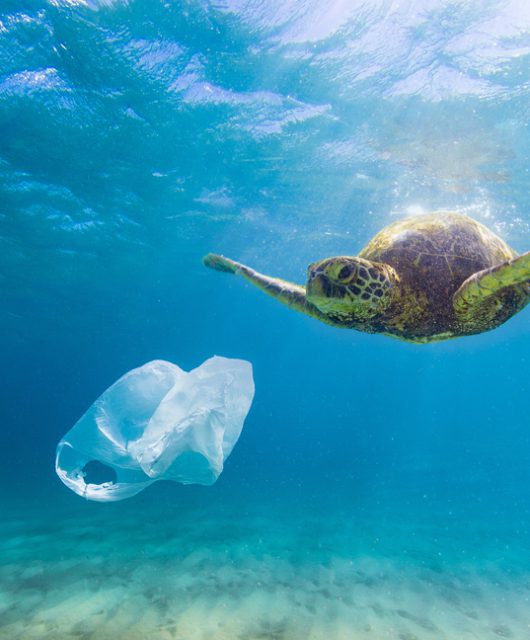How Female Whales Go Above and Beyond for Their Young
Mothers have long been regarded as self-sacrificing providers. They nurture their children into adulthood, teaching them the ways of the world, sometimes at a cost to themselves. But did you know whale mothers do the same for their young? Both Orcas and North Atlantic Right Whales care for their children for the rest of their lives—and they can live up to 90 years in the wild.
Biological Roots
Whales live in matrilineal pods, which means they stay close to their mothers past their age of maturity. Whale mothers do everything for their offspring, including pushing them to the surface to breathe every three to five minutes while they’re still learning.
Orca moms may even sacrifice having any future children for the sake of their existing ones. It’s estimated that for each son a female Orca has, her chances of birthing a new calf in a given year is reduced by at least 50 per cent. While males over the age of 30 are 14 times more likely to die within a year after the death of their mother. It didn’t seem to impact females as much, since they’re taught to care for themselves. This is a concern for researchers observing critically dwindling whale populations. They aren’t reproducing fast enough.
Feeding
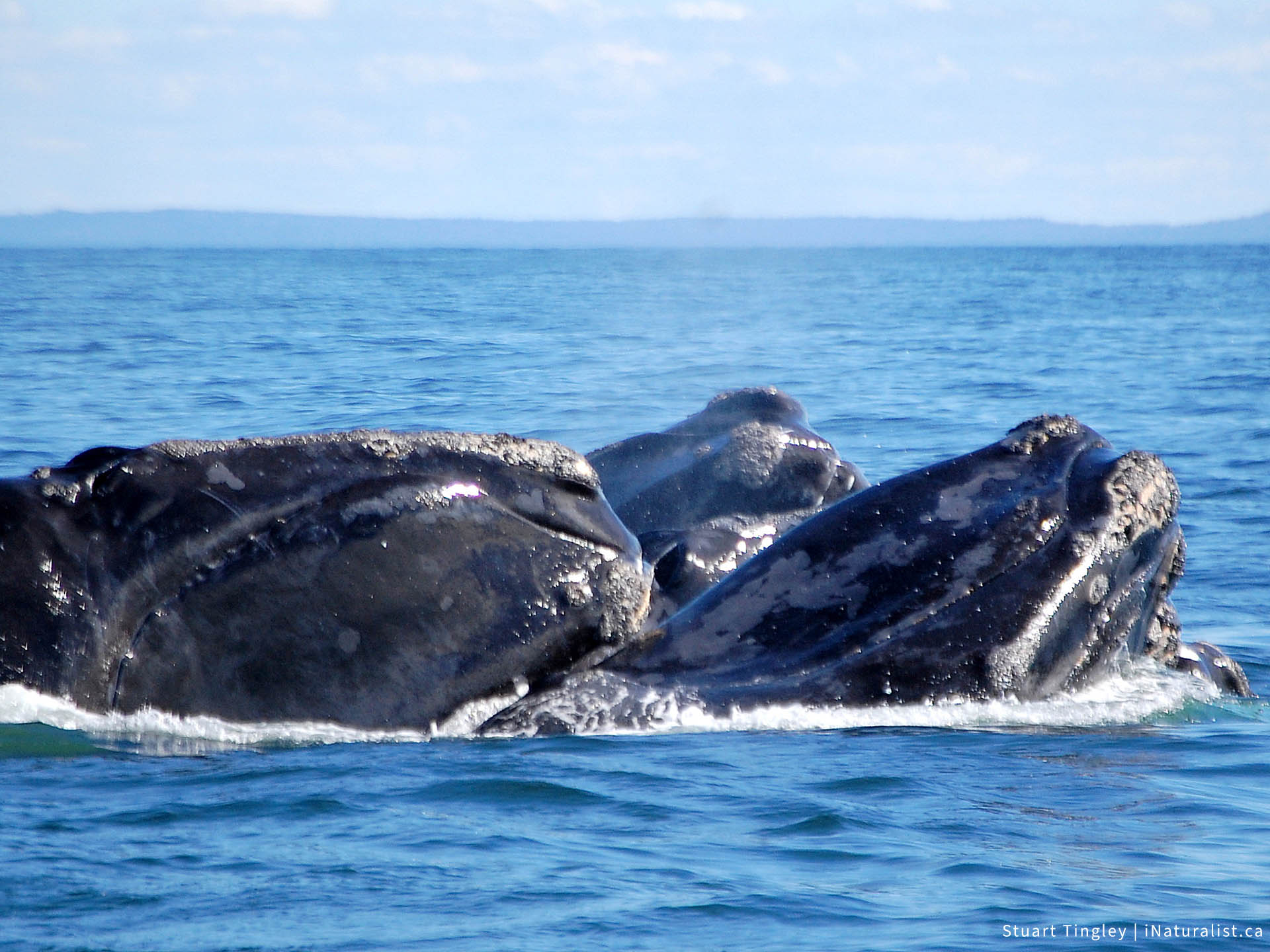
It’s hard to find a whale’s favourite spot to eat, so scientists determined North Atlantic Right Whales’ feeding habits using DNA samples. The results showed that whales from the same family all had the same DNA “signatures”, meaning they all ate the same food in the same place. North Atlantic Right Whales lead their calves to foraging grounds. Studies show related North Atlantic Right Whales dine together at feeding grounds and pass the information onto their young. Orcas seem to have a different strategy – many teach their young to steal food from commercial fishing nets.
Communication
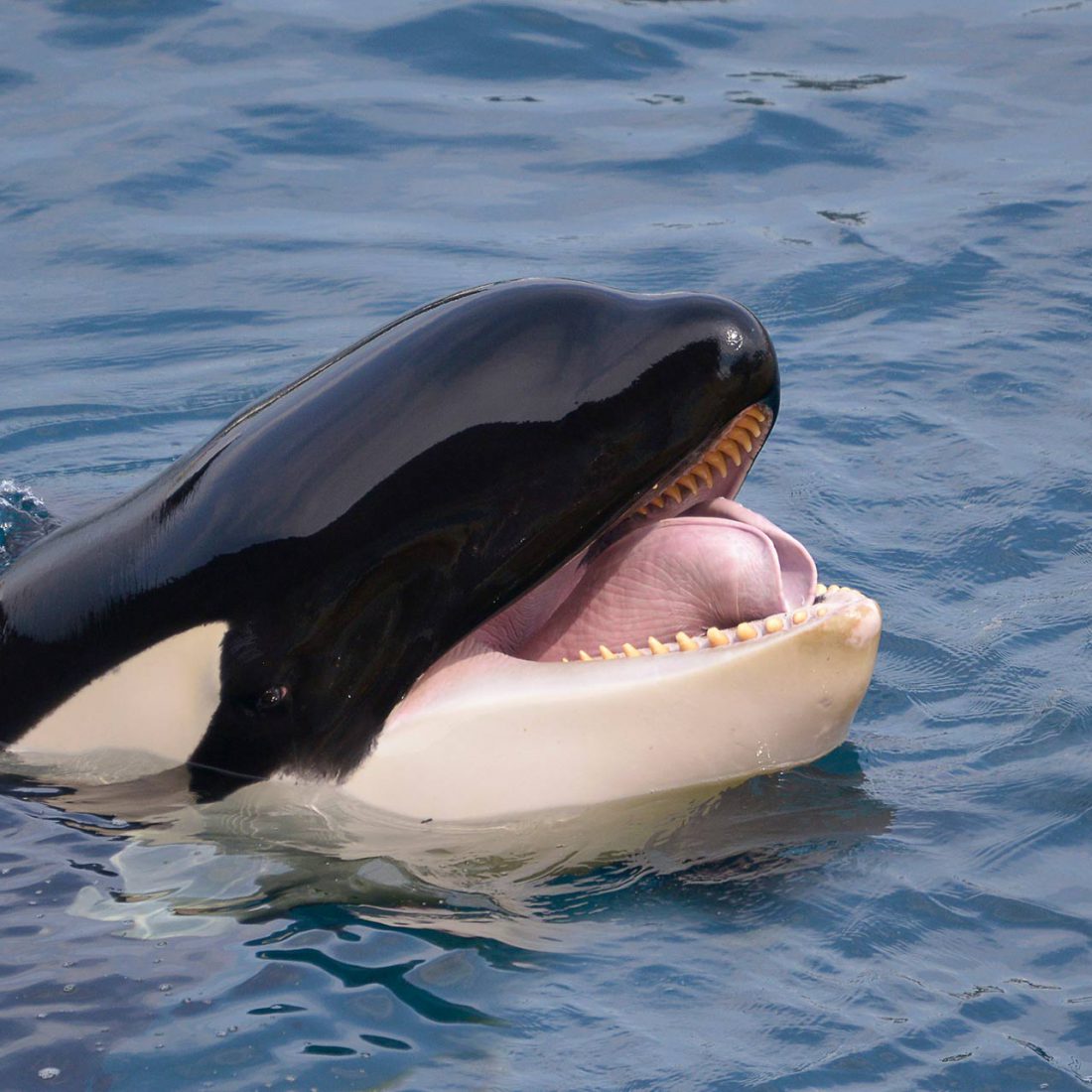
Like humans, whales teach their children how to speak. Every species of whale has their own dialect, so mothers ensure their calves are speaking the right one. Moms will even change the way they communicate to keep their calves safe.
North Atlantic Right Whales produce a softer and shorter call, almost like a whisper, to communicate safely with their children. This grunt-like noise doesn’t travel far. In-fact, scientists could only hear it when using recording tags directly attached to the whales. They use quieter forms of communication so they don’t give away their location to potential predators.
Protection
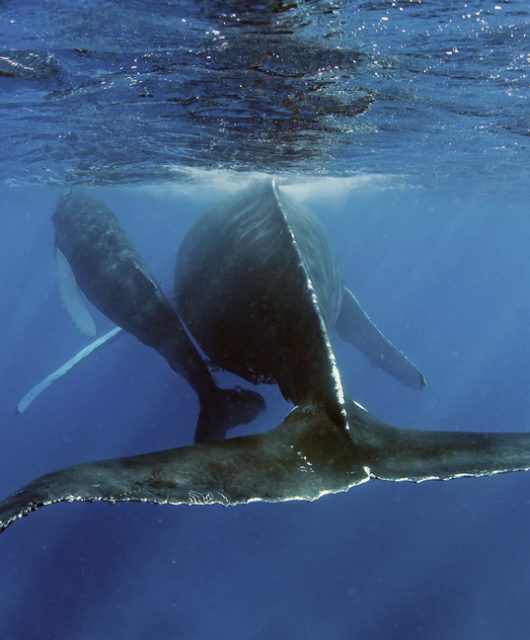
Scientists believe that male Orcas who seem to stay out of trouble happen to have their mothers around. . They tend to have fewer scars and tooth marks than their motherless peers.
Scientists say long lived mothers might be acting as a conflict mediator to prevent injury. With age comes knowledge, so it’s possible mothers simply understand social situations better than their children. Another theory is that mothers will assess the risk of a situation and signal to her son to avoid a fight, but we still have a lot to learn.
Community
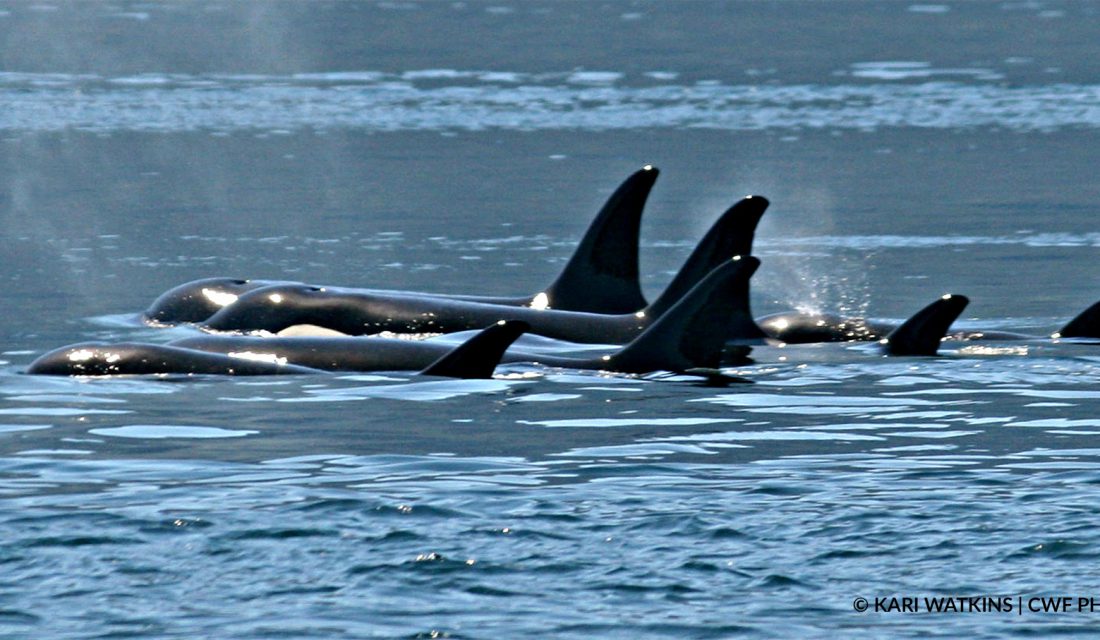
But don’t worry! Moms don’t have to do everything by themselves. Since whales live in a pod, the rest will act as caretakers if needed. Though mother whales will focus their attention on their own calves, they won’t be too upset taking care of another kid for a bit. While males aren’t the greatest fathers—they leave their children to live with their mother—they can make pretty good babysitters. These relatives will play games with the calves and keep them safe before mom takes over again.



